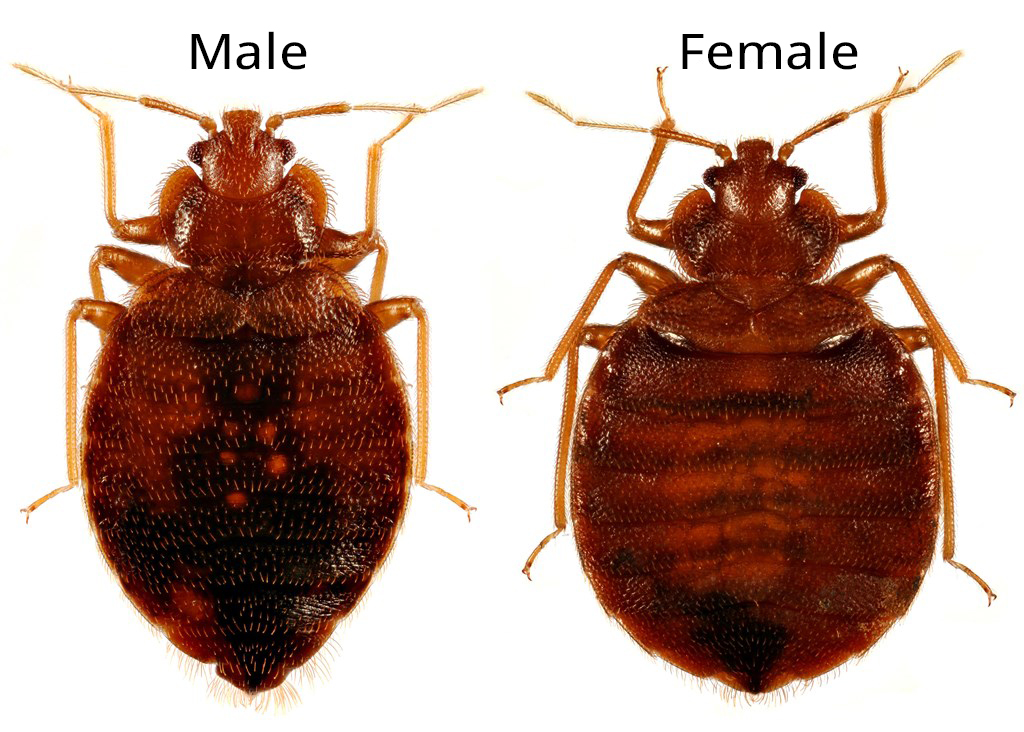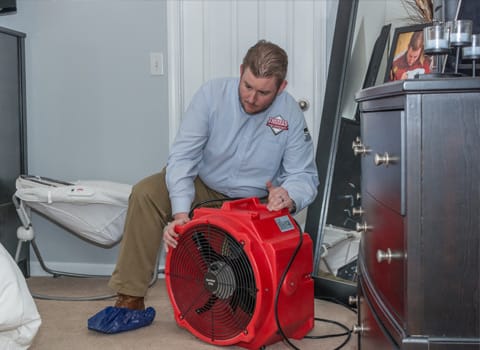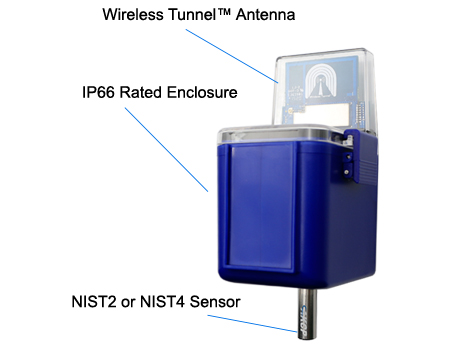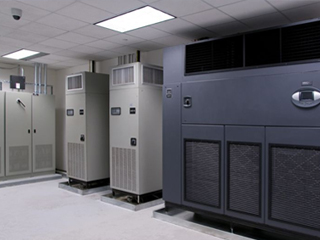Bed bug heat treatment is a chemical-free and safer method of exterminating bed bugs. It is known that pesticides have a massive negative impact on the environment and human health. It was used for many generations, and now, just like how humans can develop resistance to antibiotics, Bed bugs have also become resistant to these chemicals.
Notwithstanding resistance issues, it was clear that heat treatment of bed bugs in bedrooms, furniture, and mattresses had to be better than just using toxic insecticides.
How to Identify Bed Bugs?

Photo Credit: www.domyown.com
Bed bug infestation is hard to detect in its early stage. Identifying these crawlers can take quite some time. They lurk in small holes and corners in beds, sofas, walls, or any upholstery. They’re very small and can move quite quickly. These insects are only active at night making them more difficult to identify. They are reddish-brown, long and flat in shape, and about a quarter of an inch long.
Bed bugs also love to leave traces behind so watch out for these signs:
- Stains that are red or rusty in color on your sheets and mattress
- Dark spots on the bed
- Noticing bites on your skin from bugs
What Brought Bed Bugs in the Building or Home?
It’s a common belief that only messy and dirty homes are prone to bed bugs and any other infestations. But the truth is, even the cleanest homes and spaces are still prone to bed bugs. Bed bugs are usually brought by the occupants from hotels or second-hand furniture.
Hotels are the most common source of bed bugs. Bed bugs from a budget-friendly hotel or inn attach themselves to your clothes or luggage and travel home with you. If you love to buy antique or second-hand furniture, bed bugs are commonly found there too. These insects feed on human blood, so they stick to places where they could easily have access to food.
Killing Bed Bugs with Heat
Everyone can agree that having bed bugs in our homes is not ideal. These pests have developed a defense mechanism for exterminating methods. They even developed a way to produce younglings that are resistant to any insect-killing chemicals.
Good thing bed bug heat treatment is not chemical-based and can go through this defense mechanism. Only to prove this here are some reasons why should get heat treatment instead of pesticides:
-
Can Run, Can’t Hide
Bed Bugs are fast runner pests and easily sense threats. Once they detected threats, they would immediately run to their nests or hiding places. Usually, their hiding places are inside or within wall voids, deep inside furniture’s foam or upholstery. Good thing that heat treatment with a raging temperature of 120°F can seep up to the deepest part of these hiding places. Heat radiates and spreads. In heat treatment, bed bugs have no safe place to hide.
-
Sense of Relief
Way back when bed bugs haven’t developed resistance yet, traditional methods of using pesticides can still bring a sense of relief for homeowners. Conventional methods can’t exterminate or kill bed bugs, and they will only cause them to hide and hibernate for months and attack again. Today, heat treatment is the only method that could bring relief when fighting bed bugs. It can kill even the eggs in their nests. Enjoying a whole night’s sleep without having to worry about insect bites is bliss.
-
Chemical-Resistant But Not Heat-Resistant

Photo Credit: www.debugyourbed.com
It is easy to figure out how bed bugs develop immunity from chemicals. In the life cycle of a bed bug, it will shed skin five times before it reaches the adult stage. Being exposed to chemicals during the growth process allows them to develop a cuticle that protects them from chemicals. This is the reason why pest control services can’t eradicate them with pesticides anymore.
While they might be chemical resistant, there is no such thing as heat-resistant bugs. All bugs are toasted when exposed to high heat.
How Does a Bed Bug Heat Treatment is Done?

Photo Credit: www.thomaspestservices.com
To conduct a bed bug heat treatment, the pest control service providers have specially designed equipment to blow hot air into the target area. The temperature must reach at least 118°F (48°C) to 145°F (62.7 °C) and last up to 90mins to kill bed bugs and eggs. The bed bug heat treatment usually takes six to nine hours, depending on the severity of the situation, to ensure that the whole area was treated well. The heat must reach the deepest parts of beds and holes within walls.
It is important to take note that pets and heat-sensitive items must be removed. This matter must be discussed well with the service provider to determine other ways of treating them.
Bed bug heat treatment is proven effective if done right. However, heat treatments do not offer any permanent effects. Buildings and homes are still prone to be infected again. Bed bugs will not nest within a structure or house if it’s not habitable. If prevention steps are not taken, a strong possibility of another treatment could be on the way.
Advantages of Using Heat Treatment Instead of Pesticides
The process is highly effective and all-natural. No negative impact to the ecosystem, no release of toxic gasses, no leftover residuals.
It will only take an hour for the whole process to take effect. It will kill the bed bugs as soon as it reaches the required temperature (120°F to 140 °F). Bed bug heat treatment will not force homeowners out even for one day or wait for a week to make sure the bugs are dead and there is no more residual from the chemicals. Thus, no need to waste money on week-long hotel accommodation. Aside from that, bed bug heat treatment does not require a couple of following visits.
Heat treatments kill bed bugs in all stages of development, including eggs. While chemicals only keep the bed bugs asleep, bed bug’s eggs can survive chemical exposure.
Bed bug heat treatment eradicates everything in a building or home. It radiates in all corners, all exposed and hidden places. There’s no place heat can’t reach. And there is no need to worry about the household stuff getting contaminated and damaged. Just make sure to remove plastic items or anything flammable.
Areas surrounding the target space don’t have to be evacuated during the treatment process—continuous operations and hassle-free for the neighboring establishments.
Are There Things To Consider?
Price – Things as good as a heat treatment come with a good price, and the cost of heat treatment might cost around $500. It is understandable to look for something effective and affordable. However, if the service provider offered $99 for the treatment, it is not a good sign.
Guarantee – There is always a 30 days guarantee after a treatment. Unfortunately, bed bugs can reproduce even with just one remaining. Make sure to get a provider with the capacity and equipment to detect and monitor all the bed bugs in your area. Undetected bugs might bring back the previous population in a few months.
Expertise – Going through a company background check and review must be something to consider. It’s easy to procure equipment and learn how to use them. But expertise goes beyond the ability to operate the equipment. Credibility should be thoroughly checked. The more knowledgeable the company is, the better trained and better equipped their technicians are.
AKCP Wireless Temperature Sensors

Wireless Temperature Sensor
Bed bug heat treatment is a process of bringing the room temperature up to 120°F for 90 minutes. It is important to maintain the required level of temperature for that given amount of time. This can be obtained through the help of sensors to monitor the temperature level within the target area during the process. AKCP Wireless Temperature Sensors are battery-powered sensors placed in the treatment area. These sensors can be buried within the mattress to monitor internal temperatures. The sensors communicate with a wireless tunnel gateway and can be accessed remotely on a user’s interface.
Sensor Features
- 4x AA Battery powered, with 10-year life*
- USB 5VDC external power.
- 12VDC external power.
- Custom sensor cable length up to 15ft to position sensor in an optimal location.
- NIST2 dual-sensor calibration integrity check.
- NIST3 triple sensor calibration integrity checks with failover.
Reference Links:
https://www.monnit.com/applications/pest-remediation/ https://www.greentechheat.com/about-wired-temperature-probing-during-bed-bug-treatments.php https://www.griffinpest.com/blog/bed-bug-heat-treatment-faq/
https://www.ncbi.nlm.nih.gov/pmc/articles/PMC4553552/
https://www.moyerpest.com/benefits-of-bed-bug-heat-treatments
https://www.empirepestcontrol.co.uk/what-causes-bed-bugs-to-get-in-your-home/




